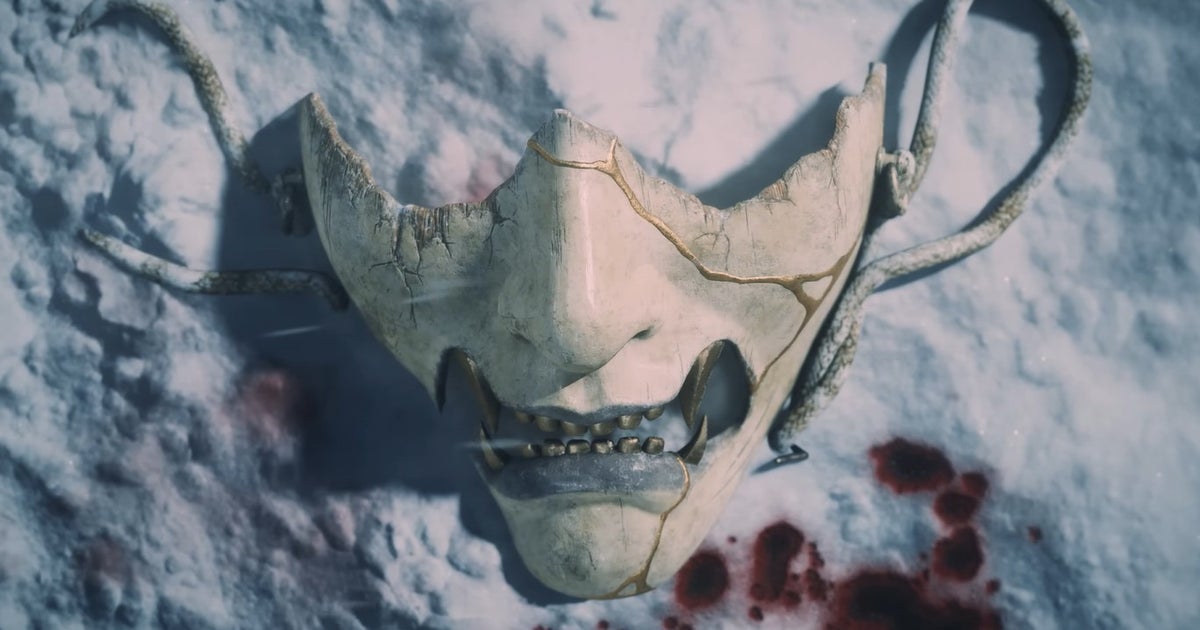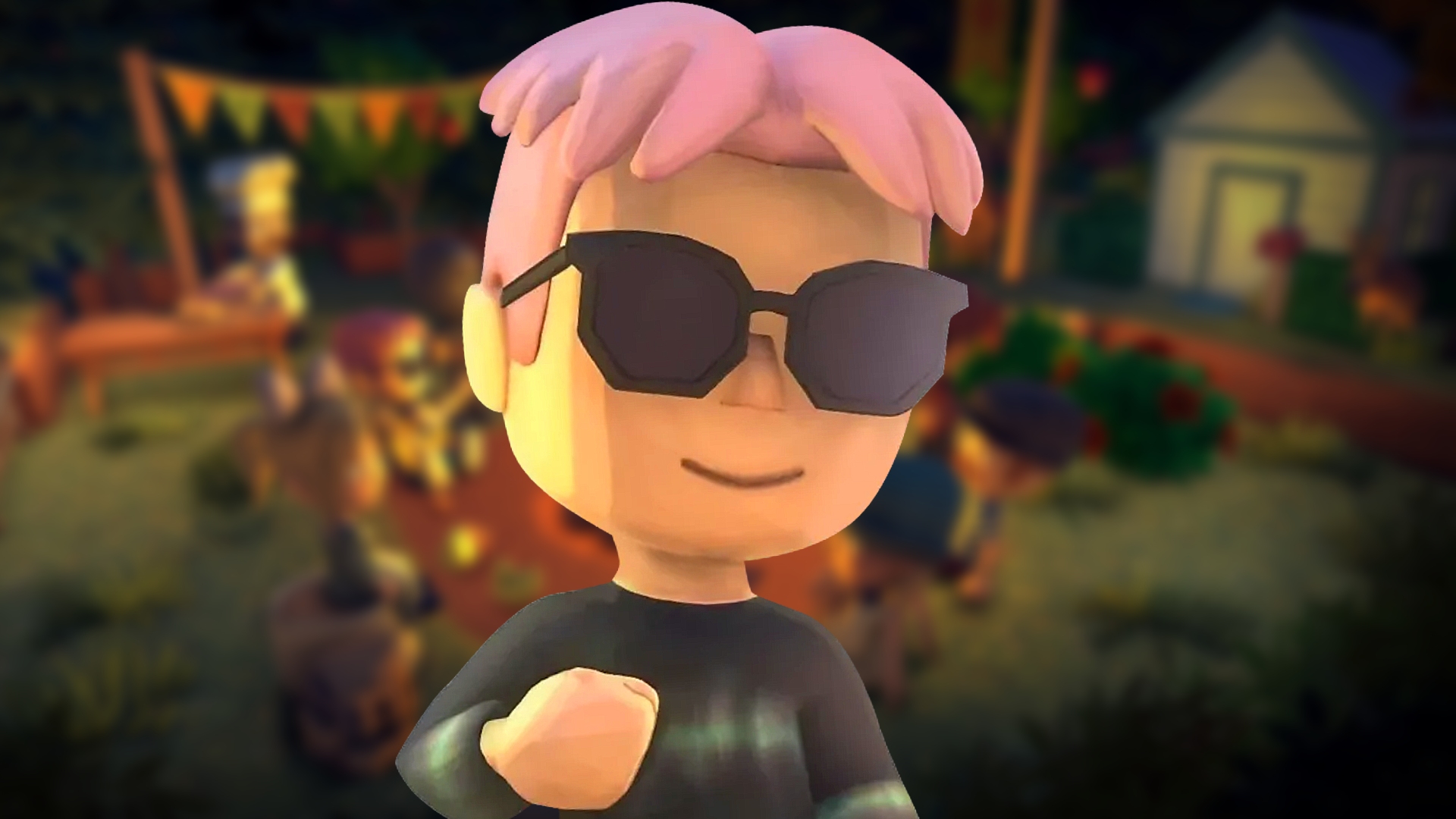In previous installments of this series we spent a lot of time on how the game works on the tactical scale, from the Dynamic Hexes and Counters and the Simple Structure of the action system, to how the opposition bot uses Contact to Contest Control. We began bridging the gap between the tactical and operational scales in our discussion of how Roguelikes and the OODA Loop influenced the campaign model. The game has been designed to provide a unique and challenging experience for players across the individual scenarios, while also modeling the relationship between those tactical engagements and the broader operational picture.
One of the reasons the Battle of Ortona was a perfect first entry into the system is because it is a fairly isolated battle. A single allied division against two axis divisions (one replacing the other), with clear territorial starting and ending positions and a linear timeline of the progress across the whole operation. There are records from both military and civilian sources that allow for quantitative and qualitative views into the battle, which inform how the dynamics are represented in the game.

At no time during the Battle of Ortona was the whole division engaged with the enemy. Individual engagements only grew larger than company sized with reinforcements. At the operational scale the game is about managing the logistics so that those company platoons engage and defend with the support and positional advantages needed to take and hold their territorial objectives.
The logistics are challenging. Getting armor across the Moro River when the Germans have already hit the bridges with artillery fire. Not stretching too far too fast to avoid falling out of range of friendly artillery support. Rotating formations so as not to push any of them past their breaking point. These dynamics are modeled into the mechanics of the operational system, such that the full campaign could be played through. without pulling out an engagement map. and still provide engaging play with a strong level of historical tension. As soon as the campaign rules were in a strong place, I put that theory to the test and was pleased to find that the model held together exceptionally.
The game comes with two point to point operational maps, one is of the Regional area just outside the town, while the other is the Urban area in the town itself. Many of the point-to-point positions on these maps correspond to the locations on the engagement maps. During the full campaign game players can choose to play a single engagement on each map based on the operational positions of units when they make that decision. Action between those engagements are resolved with a system that compliments the action system of the tactical engagements.
The operational maps use HQ and Formation counters to represent forces on both sides. The player deploys formations from Regiment HQ’s, deployed from Brigade HQ’s, deployed from the Canadian First Infantry Division HQ. This forms a logistical supply chain as players try to move first across the regional approach, to finally take Ortona proper. It is up to the player to move the formations and their support into positions that provide the advantage needed to complete objectives. Of course the enemy gets a turn as well, and may disrupt those plans.

Most of the mechanics for operational play are very similar to those in the tactical engagement. Both sides have activation phases which are played in an order determined by initiative, using the same Resolve Roll of 1d6 and 2d8 from the tactical rules. Where turns for the tactical engagements are measured in minutes of time, turns for the operational campaign cover a half a day of activities across the whole front. Limits on activations will determine how much of that front will be able to use the initiative to act. The player uses those activations to activate locations and take an action that moves formations and/or attacks adjacent enemies. There is also the opportunity to use artillery fire on locations in range. The Germans have their own guns which will target deployed units, as will their formations which use a hidden movement mechanic that does not reveal their strength until the time of engagement.

“I shall always regret deeply, very deeply, there ever had to be casualties. Casualties cannot be separated from battles. A commander at any level cannot shirk unpleasant decisions, whether he be corporal or general or any rank in between. If he does shirk such decisions, he is unfit to command in battle.”
– Major General Christopher Vokes 1st Canadian Division
A crucial part of the design for the campaign are casualties. Casualties are tracked across the campaign as a measure of effectiveness for the division and the individual regiments. There is a lot of ground to be covered and sustaining combat effectiveness for the full campaign is necessary to achieve success. German casualties are tracked as well, making it possible to shatter the opposing divisions through attrition. Indeed the Germans will replace their initial division if the allies are able to render them ineffective. If they do the same to the replacement division fast enough they could force a full withdrawal which would represent the highest level victory. The risk in attempting this however is that engaging the enemy too aggressively puts your own units at risk of taking heavy casualties themselves. The player has to be smart about when and how they choose to engage, never losing sight of the big picture.


A recent play of the campaign highlighted the challenge the campaign presents. While the German resistance on the regional map was strong I was able to coordinate the strength to push them back into the town ahead of the historical date. In the turns leading up to this however, I was so focused on the fighting at the front, I failed to take the time to coordinate the positions of my HQs in reserve and support formations (armor and artillery). It wasn’t until two days after the first infantry arrived in Ortona proper, that the armor support was able to reach the town limits. This slowed the infantry momentum down and allowed the Germans to continue to build defenses. Those defenses were able to delay the Canadians long enough to prevent them from progressing to the north end of the town in the historical timeframe.


The story of this play can be seen in the Division Sheet. Canadians suffered casualties that seriously hampered multiple regiments. The Germans took their share of casualties as well, but critically their defenses held when they needed to. The play was full of drama and tension even without playing out any full engagements. Having tested the range of historical results from individual engagements, combined with what is being reflected at the operational scale, players will be able to play through the complete Battle of Ortona and face both the tactical and operational challenges exhibited by the history.
More Solitaire TacOps: Ortona InsideGMT Articles




